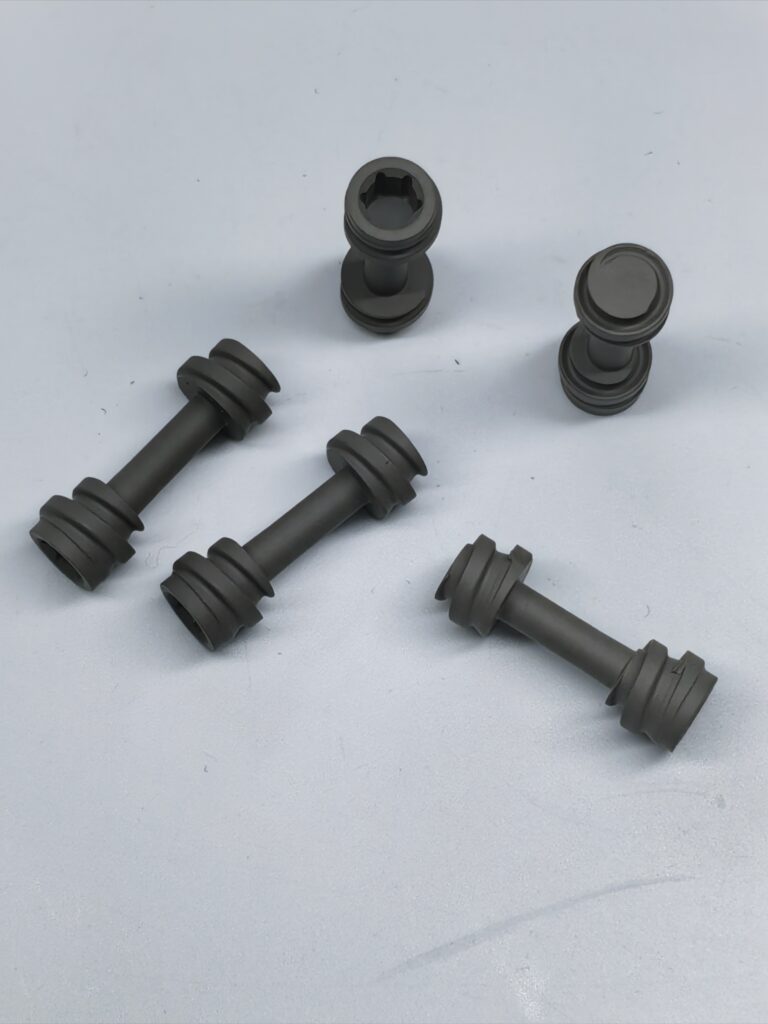Titanium alloys like Ti-6Al-4V (often shortened to Titanium 6-Aluminum) are commonly anodized per AMS 2488. This specification defines a thin, controlled oxide coating applied to titanium and its alloys. The “Type II” in AMS 2488 refers to the non-colored (clear to slightly golden) anodize process, as opposed to Type I, which is colored anodize (often used for inspection).
Here’s why Type II anodize is often required for Ti-6Al-4V:
- 1.Corrosion resistance
Titanium already has a good native oxide film, but AMS 2488 Type II anodize thickens and stabilizes it, providing a more consistent and durable passive layer, especially in aerospace or marine environments. - 2.Fretting and wear resistance
Type II produces a harder oxide that reduces galling and metal transfer in contact surfaces (important in fasteners, joints, and sliding/rotating assemblies). - 3.Improved surface preparation for bonding
The anodized surface is micro-porous and improves adhesion for paints, adhesives, and sealants — a key requirement in aerospace manufacturing. - 4.Electrical properties
Type II anodize provides good dielectric strength and consistent electrical resistance, which can be important in systems requiring insulation or controlled conductivity. - 5.Specification compliance
Many aerospace primes (Boeing, Lockheed, Airbus, etc.) call out AMS 2488 Type II specifically in their engineering drawings. Using Type II ensures compliance with widely accepted standards for surface treatment of Ti-6Al-4V.
👉 In short: Ti-6Al-4V is anodized per AMS 2488 Type II to enhance corrosion resistance, reduce galling/wear, improve adhesive bonding, provide stable electrical properties, and meet aerospace specification requirements.



